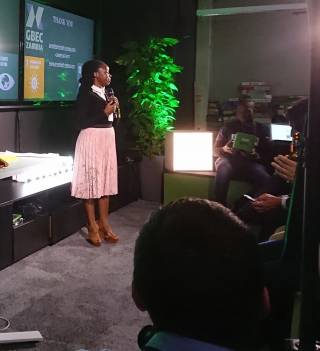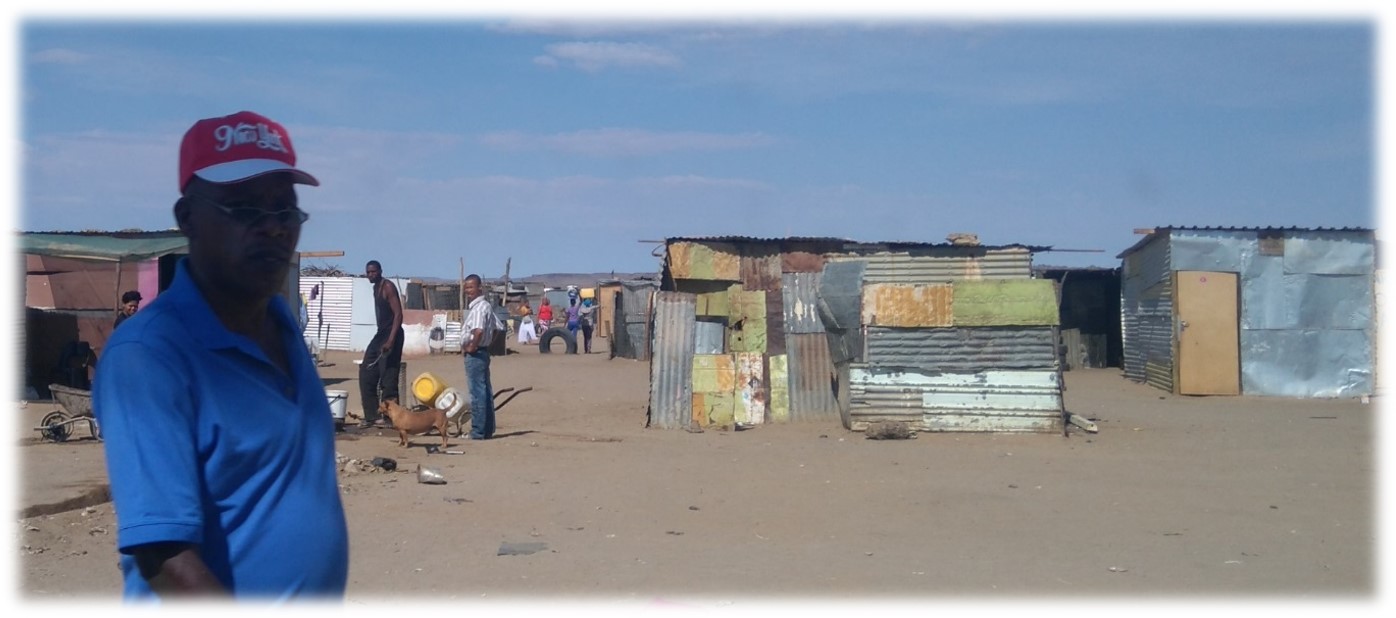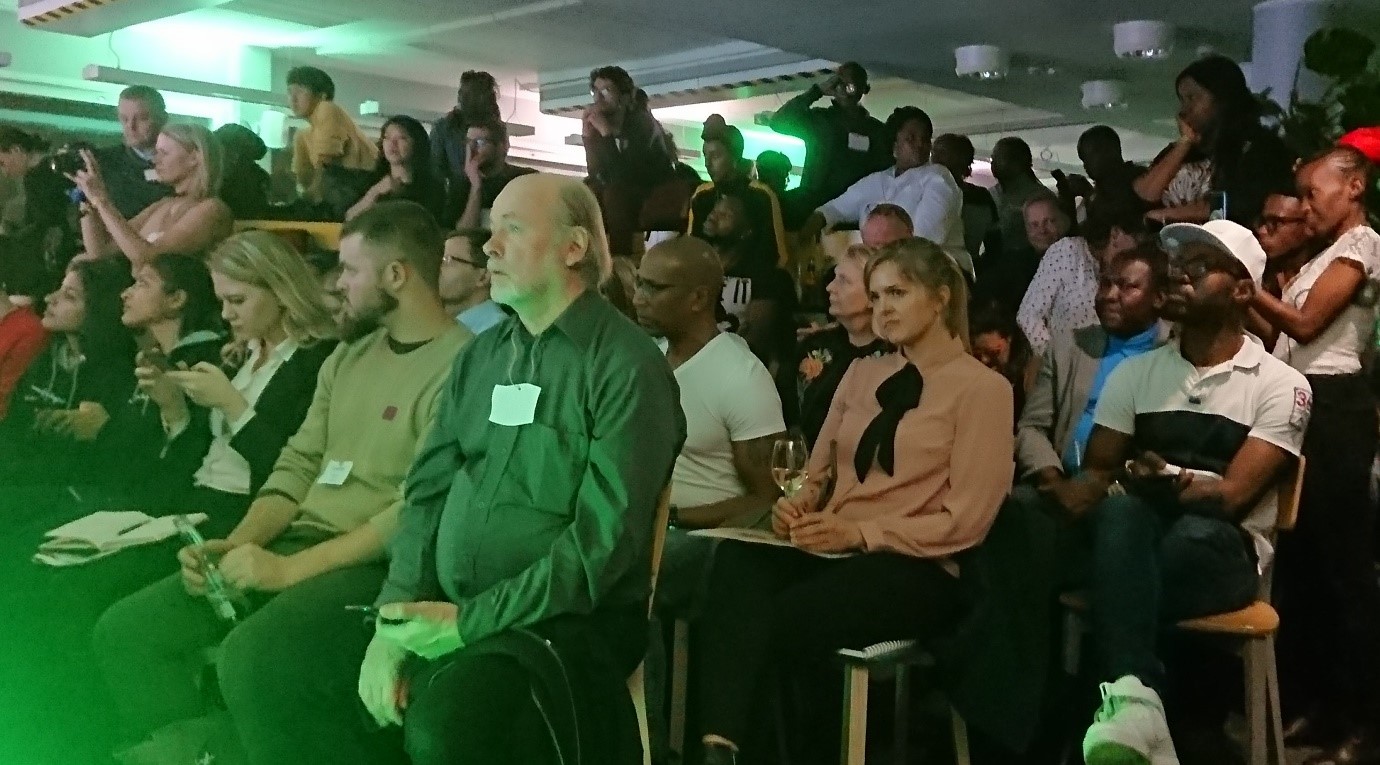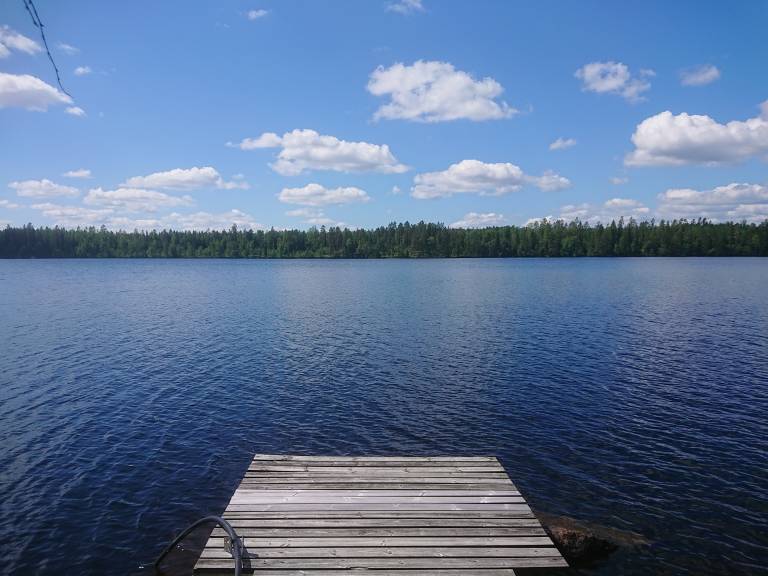The event was called “Investing and partnering with African innovators”, organized by the Southern African Innovation Support Program (SAIS). Pitching competition was the main content of the evening; there were 14 Southern African start-ups represented. I felt lucky to not be a part of the jury: It would have been very difficult for me to pick a winner. These pitches were not only very enjoyable to listen to, but they were also almost exclusively very momentous. Instead of those pitches presenting apps for getting your pizza easily delivered to your home (a caricature of a typical “innovation” of the global north), these were mostly frugal and affordable solutions to the real-life problems of the global south.
To give some examples (all can be found here), a Zambian company named Greenbelt Energy produces biogas and has come up with a gas cooker system, to provide an alternative for burning firewood and charcoal. Guardian Gabriel (South Africa), currently develops a solution to alleviate regrettable common gender-based violence. Yambeka Children Media (Namibia) presented a mobile application called “the Lab”, which you can use to perform simulated science experiments in impoverished schools. The last one was given the biggest applause of all; The pitch was given by a fifteen-year old schoolboy that seemed very shy at first but when he got into full speed, he seemed like a seasoned, yet highly committed veteran that could stimulate the audience.
The meaning of the Finnish-initiated and -funded SAIS program is to help to build many of those institutions that are needed to constitute an innovation environment in the Southern African countries. Such an environment is necessary to support the often long and risky processes from ideas and inventions to products and processes that are being put into practice. In the long term, this will help Africans to help themselves when it comes to innovation-driven development. The course of this development will hopefully be towards sustainability, without any societally and environmentally adverse sidesteps. So far so good, it seems.
Later in the evening I learned that the venture capital (VC) investments to Africa have recently taken a sharp course upwards. In 2010, there were altogether only about 20 million USD VC investment to Africa, while only nine years later the estimation is that this figure will be as high as 1,5 billion USD. This shows not only that the venture capital industry is interested and believes in African prospects but also that there is more and more start-ups and innovations to invest.
All in all, the evening was memorable. I had listened to many wonderful pitches of great importance, the atmosphere of the event was warm and exciting, and on top of those, I had had a chance to meet many friends from Southern Africa after a long while.
* * *
At the turn of the new Millennium, the Economist labeled Africa as “hopeless” (2000); The same journal labeled it “hopeful” just a decade later (2011). I wonder what it might be like within the next two years? My bet is that it will be a “puzzle” of numerous parallel worlds, some flourishing, some still struggling. Africa keeps puzzling.






